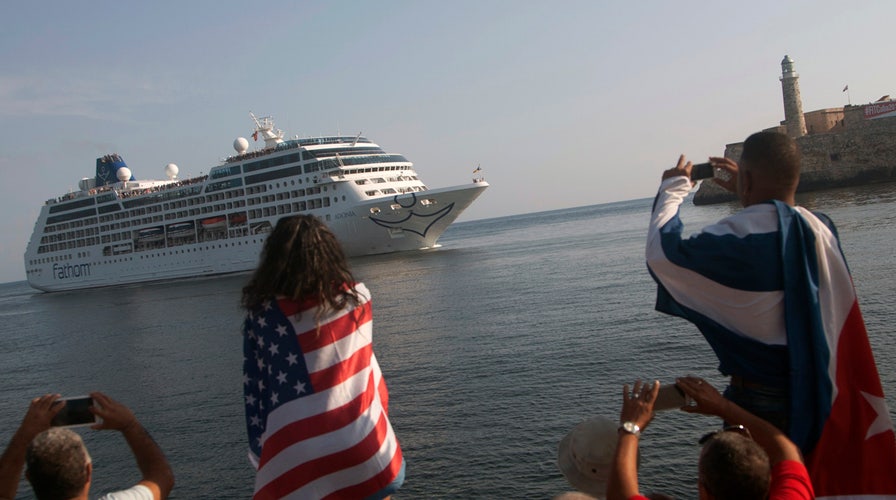The Carnival Corporation announced late Wednesday that their Fathom cruise line brand will cease operations by summer 2017. The line's sole ship, the Adonia, a former P&O Cruises ship, will be returned to its former owner in the U.K. next year.
The concept, however, will live on through branded shore excursions across the Carnival Corp. fleet, as the company announced earlier this month. AIDA Cruises, Carnival Cruise Line, Costa Cruises, Holland America Line, Princess Cruises and P&O Cruises (UK) will all continue volunteer-based excursions under the Fathom flag.
Carnival is hoping to still have a ship sailing to Cuba, officials said Wednesday but there is no approval yet.
The timing may have been a shock, but travel industry insiders expected this announcement was coming. From the moment it was founded on June 4, 2015, many questioned the feasibility of running a cruise to Cuba and the Dominican Republic largely based around the concept of voluntourism.
The initial buzz lit a fire under a movement, as Fathom became the poster child for a new phenomenon. It was perfect fodder for media types that are always looking for a new trend to cover. But the early sailings had many shortcomings and reviews were mixed at best, as many applauded the approach and the investment by Carnival and were willing to forgive the lack of polish with the maiden voyages.
More from Travel Pulse
5 Ways Hotels are Putting Guests in the Christmas Spirit
5 Must-See Attractions In Quito, Ecuador
Marriott Exec Unveils Changes Coming Following Starwood Merger
What Technology Will the 'Hotel of the Future' Have?
Universal and Nintendo Tease New Nintendo Land Details
Beyond the initial publicity blitz, when we actually looked at bookings and tried to forecast signs of continued interest, the numbers were not flattering. We saw deep discounts on the Dominican cruises specifically, with the cruise line eventually switching those itineraries to Cuba, where the interest was deep.
Travel agents were wondering who this cruise was marketed to. Millennials were not swarming to it and that was truly the only market anyone could peg that truly wanted a no-frills cruise and a work vacation, no matter how humanitarian the cause.
Gen Xers who have discovered cruising are all about the frills. Baby boomers who love cruising are looking for more and more luxury touches, which made river cruising appealing to the demo.
So what happened?
Carnival officials have resisted discussing total investment in Fathom, but we're talking about millions of dollars here. This was not done as a bait and switch. You don't bring in the talent they had to not have a real interest in growing this part of the business.
The truth may closer to this: Carnival saw an opening in the market and was hoping to grow a whole new segment of the industry, to introduce a younger demo to cruising by creating a product that matched their interests and their growing charitable core. It was a calculated gamble that provided an entry into Cuba at the very least and, at best, could make them the industry leader in evolving cruising with a cause and open up massive new revenue streams at the same time.
But the end of Fathom won't kill voluntourism. If anything, it's a case study-- there has to be a path to profit to sustain a business. Cruise lines are not non-profits. But they are citizens and stewards of the world. Carnival Corp. has made great strides in making their vessels environmentally responsible. And this was a grand experiment in humanitarianism that simply did not pay off.
Smart businessmen know when to cut bait on losing propositions. Fathom was not catching on as a phenomenon. By ceasing operations now before the losses became too extreme, the idea and the concept can at least live on and be celebrated for its innovation and not laughed at for its failings.

